QSFP+ 40G 1310nm 10km DOM MPO-12 SMF Optical Transceiver Module
Model Compatible:
- Alcatel: QSFP-40G-LRM4
- Allied Telesis: AT-QSFPLRM
- Arista: QSFP-PLR4, QSFP-40G-PLR4, QSFP-40G-PLRL4
- Brocade-Foundry: 40G-QSFP-IR4
- Ciena: 160-9504-900
- Cisco: QSFP-4X10G-LR-S, QSFP-IR4-MPO-GDY
- Dell: 407-BBQV
- Edgecore: ET6401-PSM4
- Extreme: 10326
- Gigamon: QSF-506
- Infinera: TOM-40G-Q-LRL
- Juniper: JNP-QSFP-4X10GE-LR, JNP-QSFP-4X10GE-IR, QFX-QSFP-40G-LRM4, QSFPP-4X10GE-LR, QSFPP-40GBASE-IR4
- MSA Generic: QSFP-PLR4
- MSA OnePort Programmable: OP-QSFP-PLR4
- Force10: GP-QSFP-40GE-1IR
- Estimated Delivery : Up to 4 business days
- Free Shipping & Returns : On all orders over $200
The QSFP+ 1310nm 10km DOM MPO-12 SMF Optical Transceiver Module is a high-performance optical transceiver designed to provide reliable and efficient data transmission over long distances, offering 40 Gbps data rates with a reach of up to 10 kilometers over single-mode fiber (SMF). This module is designed to cater to different network architectures, with a focus on long-haul and high-speed communications in data centers, enterprise networks, and telecommunications systems.
LC vs. MPO Interface:
The key difference between the LC and MPO interfaces in 40G single-mode transceivers lies in the number of fibers they handle and their connector design:
LC Connector: The LC interface uses a single-fiber duplex connection, where one fiber is used for transmitting and the other for receiving. LC connectors are commonly used in applications where point-to-point connections are needed, providing a simple, low-profile, and reliable solution. It is often employed in 10G or 25G applications but can also support 40G when configured correctly.
MPO Connector: In contrast, the MPO-12 interface is designed for high-density, multi-fiber connections. The MPO-12 connector can accommodate 12 fibers in a single module, enabling efficient use of fiber resources in high-density data center environments. The MPO interface is used in applications requiring multiple data lanes, such as 40G, 100G, and beyond, allowing for faster deployment and simplified cable management in dense environments.
Applications:
The QSFP+ 1310nm 10km MPO-12 SMF Optical Transceiver Module is ideal for:
Data Center Interconnects: The MPO interface, with its high-density fiber capabilities, makes it an excellent choice for connecting switches, routers, and servers across long distances in data centers, where space and bandwidth are critical.
Telecommunications Networks: Telecom providers use this module to extend the reach of their networks, enabling high-speed communication between distant locations over single-mode fiber.
Enterprise Networks: Large enterprise networks benefit from the MPO interface, which simplifies and accelerates network deployment by supporting high-bandwidth connections for core network infrastructure.
High-Bandwidth Applications: As with other 40G solutions, this module is perfect for applications requiring rapid data transmission, including cloud computing, high-performance computing (HPC), and video streaming.
In conclusion, while both LC and MPO connectors serve as essential components in high-speed fiber-optic networking, the MPO-12 connector offers higher-density capabilities and supports multiple lanes of data, making it ideal for 40G and higher-speed applications, whereas the LC interface remains an effective solution for simpler, point-to-point connections. The QSFP+ 1310nm 10km DOM MPO-12 SMF Optical Transceiver Module provides a reliable, high-performance solution for long-distance, high-speed network applications with the MPO connector offering the advantage of multi-fiber connectivity in dense network environments.
| PN | Description |
| GLQ1M0C85 | QSFP 40G 850nm 300m MPO |
| GLQ3M0C31 | QSFP 40G 1310nm 10km MPO |
| GLQ3L0C31 | QSFP 40G 1310nm 10km LC |
| GLQ5L0C31 | QSFP 40G 1310nm 40km LC |
| Brand | WHGEARLINK |
|---|---|
| Model | QSFP 40G 1310nm 10km MPO |
| Data Rate | 40G |
| Reach | 10km |
| Operating Voltage | ﹢3.3V |
| Package | QSFP |
| Wavelength (nm) | 1310 |
| TX output (dBm) | -7~2.3 |
| RX Sensitivity (dBm) | -11.5 |
| Power (W) | <2.5W |
| Interface | MPO |
| Operating Temperature | 0 to 70°C |
| DOM | yes |
| Cable Type | SMF |
| Warranty | 3 years |
4 CWDM lanes Mux/Demux design
Up to 11.1Gbps Data rate per wavelength
Up to 10km transmission on SMF
Electrically hot-plug gable
Digital Diagnostics Monitoring Interface
Compliant with QSFP+ MSA with LC connector
Case operating temperature range:0°C to 70°C
Power dissipation < 2.5 W
Be the first to review “QSFP+ 40G 1310nm 10km DOM MPO-12 SMF Optical Transceiver Module”
What are the main features of the QSFP 40G 850nm 300m MPO optical transceiver?
The QSFP 40G 850nm 300m MPO optical transceiver uses an 850nm wavelength and supports 300m short-distance transmission. It utilizes the MPO interface for multi-channel connectivity, suitable for high-density interconnection in data center racks with low power consumption and stability.
What are the applicable scenarios for the QSFP 40G 850nm MPO optical transceiver?
It is mainly used for short-distance high-speed interconnection between servers, storage, and switches in data centers, meeting the needs for dense cabling and low-latency transmission within racks.
What are the core advantages of the QSFP 40G 1310nm 10km MPO optical transceiver?
Using a 1310nm laser, it supports 10km transmission, employing the MPO multi-core interface, ideal for mid-range metropolitan area network (MAN) and data center interconnections, with high stability.
What is the difference between the QSFP 40G 1310nm 10km LC optical transceiver and the MPO version?
The LC version uses single-core connectors for point-to-point connections, while the MPO version is suitable for bulk cabling and high-density deployments, with different installation methods.
What are the key parameters of the QSFP 40G 1310nm 10km LC optical transceiver?
It features a 1310nm wavelength, a 10km transmission distance, and a bit error rate (BER) below 10⁻¹², suitable for stable point-to-point links in metropolitan area networks.
What networks is the QSFP 40G 1310nm 40km LC optical transceiver mainly used in?
It supports 40km transmission and is commonly used for interconnection between regional data centers, enterprise campuses, and metropolitan area networks, meeting the needs for long-distance high-speed data transmission.
What scenarios is the QSFP 40G 1310nm 80km LC optical transceiver suitable for?
With a transmission distance of up to 80km, it is ideal for backbone networks and long-distance metropolitan area interconnections, suitable for inter-city, cross-region, and remote operator link construction.
What are the advantages of 40G optical transceivers compared to 10G modules?
40G modules offer greater bandwidth and higher transmission speeds, suitable for large-scale data centers and cloud computing environments. They effectively reduce the number of devices needed and lower overall costs.
What is the role of 40G optical transceivers in data centers?
They provide high-speed, large-bandwidth interconnections between servers, storage, and switches, supporting big data transmission and low-latency communication, ensuring stable cloud platform operation.
What are the advantages of the MPO interface in 40G optical transceivers?
The MPO interface supports multi-channel parallel transmission, simplifying fiber cabling, making it suitable for high-density cabling and large-scale data center deployments, and improving interconnection efficiency.
Why are 850nm modules suitable for interconnections within racks?
850nm wavelength has low attenuation, making it suitable for short-distance transmission. The MPO interface enables high-density connections, meeting the high-speed data exchange requirements within racks.
What are the application scenarios of 40G optical transceivers in operator networks?
They are often used in metropolitan area and backbone network construction, supporting high-speed data transmission and large-volume data exchanges, enhancing network coverage and interconnection quality.
How can you differentiate between multi-mode and single-mode versions of 40G optical transceivers?
Multi-mode modules use an 850nm wavelength, suitable for short-distance transmission. Single-mode modules use a 1310nm wavelength, supporting long-distance interconnection from 10km to 80km, with different application scenarios.
How does the QSFP 40G 1310nm 10km MPO optical transceiver ensure transmission stability?
It relies on high-precision 1310nm lasers and stable MPO connector design to reduce signal attenuation and ensure stable and reliable data transmission within 10km.
What is the key role of 40G optical transceivers in cloud computing platforms?
They provide low-latency, high-bandwidth interconnection for real-time big data transmission, ensuring efficient data exchange between various nodes in the cloud platform.
How does the QSFP 40G 1310nm 40km LC optical transceiver meet cross-city interconnection requirements?
It uses low-loss single-mode fiber and 1310nm lasers to ensure 40km long-distance transmission, ideal for interconnection between regional data centers and enterprise campuses.
How does the QSFP 40G 1310nm 80km LC optical transceiver contribute to long-distance networks?
It supports 80km long-distance links, suitable for backbone networks and interconnection across regions, providing high-speed data transmission and supporting wide-area network construction.
What fiber types are required for 40G optical transceivers?
Multi-mode modules require OM3/OM4 fiber, while single-mode modules use low-loss single-mode fiber to ensure stable signal transmission within their respective distance ranges.
What is the typical power consumption range for 40G optical transceivers?
The power consumption typically ranges from 3W to 6W, depending on the module type, transmission distance, and design process, meeting energy-saving requirements for data centers.
What is the typical operating temperature range for 40G optical transceivers?
Commercial-grade modules generally operate between 0°C to 70°C, while industrial-grade modules can operate from -40°C to 85°C, meeting temperature requirements for various environments.
What are the optical power parameters of the QSFP 40G 850nm MPO optical transceiver?
The transmit power is about -5dBm, with a receive sensitivity of -12dBm or higher, ensuring stable transmission and low bit error rate within 300m.
What are the key performance parameters of the QSFP 40G 1310nm 10km LC optical transceiver?
Key parameters include a 1310nm wavelength, 10km transmission distance, low bit error rate, and high signal stability, suitable for point-to-point links in metropolitan area networks.
How can you test the transmission performance of 40G optical transceivers?
You can use a bit error rate tester, optical power meter, and OTDR to measure link attenuation, signal quality, and transmission stability to ensure performance meets standards.
What is the role of DDM monitoring in 40G optical transceivers?
DDM monitors real-time parameters such as temperature, optical power, and bias current, helping to prevent faults, optimize link performance, and enable timely maintenance.
What is the role of 40G optical transceivers in operator backbone networks?
They provide high-speed, high-capacity data transmission support for metropolitan area and backbone networks, meeting the high-volume interconnection needs and improving overall transmission efficiency.
What should be considered when installing a QSFP 40G 1310nm MPO optical transceiver?
Ensure the MPO interface is clean, properly aligned with the fiber end face, avoid dust and damage, and follow installation guidelines to ensure stable signal transmission.
What advantages do 40G optical transceivers offer in high-definition video surveillance systems?
They provide low-latency, high-bandwidth transmission, ensuring smooth HD video streams and are suitable for large-scale monitoring and real-time image transmission applications.
How does the QSFP 40G 1310nm 40km LC optical transceiver ensure long-distance transmission?
It relies on 1310nm lasers and low-loss single-mode fiber to ensure stable signal transmission over 40km, making it suitable for interconnection between regional data centers.
What are the advantages of QSFP 40G 1310nm 80km LC optical transceivers in remote interconnections?
They support 80km long-distance transmission, ideal for cross-city and cross-region backbone network construction, offering high-speed, stable data transmission.
How do 40G optical transceivers achieve automatic power adjustment?
Some modules feature automatic power adjustment, optimizing output power through a real-time feedback mechanism to maintain reliable signal transmission within a reasonable range.
What are the features of QSFP 40G optical transceivers in SDN networks?
As key devices in SDN, they support high-speed interconnections and flexible link management, facilitating network virtualization and centralized control to enhance network scheduling efficiency.
What are the requirements for connector alignment accuracy in 40G optical transceivers?
High precision and cleanliness are required for the connector alignment to ensure the fiber end faces are dust-free and precisely aligned, reducing attenuation and enhancing transmission stability.
What is the key manufacturing process for QSFP 40G 1310nm 10km MPO optical transceivers?
It relies on high-precision lasers and MPO interface processing technology to ensure stable wavelength output and low-loss connections, improving overall transmission quality.
What are the advantages of 40G optical transceivers in virtualized data centers?
They provide high-speed, high-capacity interconnection, supporting efficient data transfer between virtual machines, reducing latency and congestion, and facilitating flexible data center expansion.
How do QSFP 40G optical transceivers optimize EMI protection design?
Through shielding designs and anti-interference circuits, they effectively reduce electromagnetic interference, ensuring stable operation in high-density deployment environments.
What is the application value of 40G optical transceivers in storage networks?
They enable high-speed data transfer in storage area networks (SAN), ensuring large-scale data backup and recovery, and enhancing overall storage system performance and reliability.What is the market demand for QSFP 40G 1310nm 40km LC optical transceivers?
With the increasing demand for cross-city interconnections, the market demand
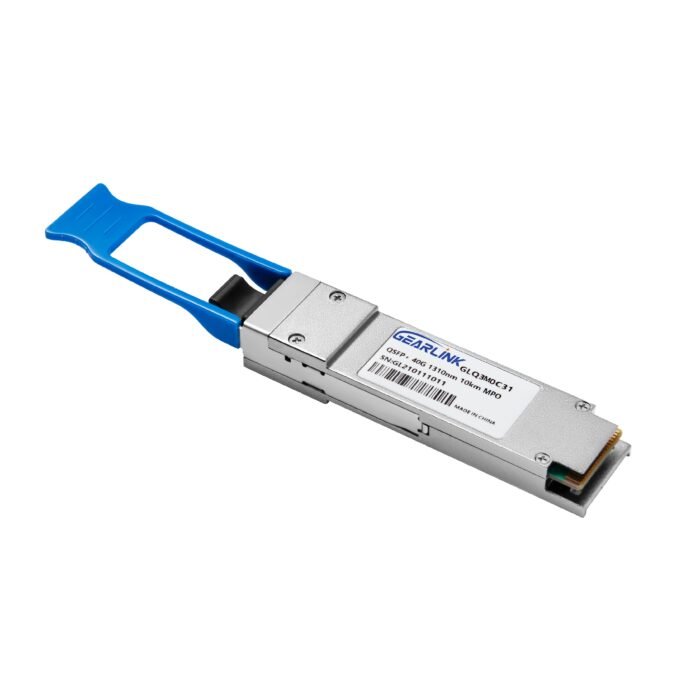
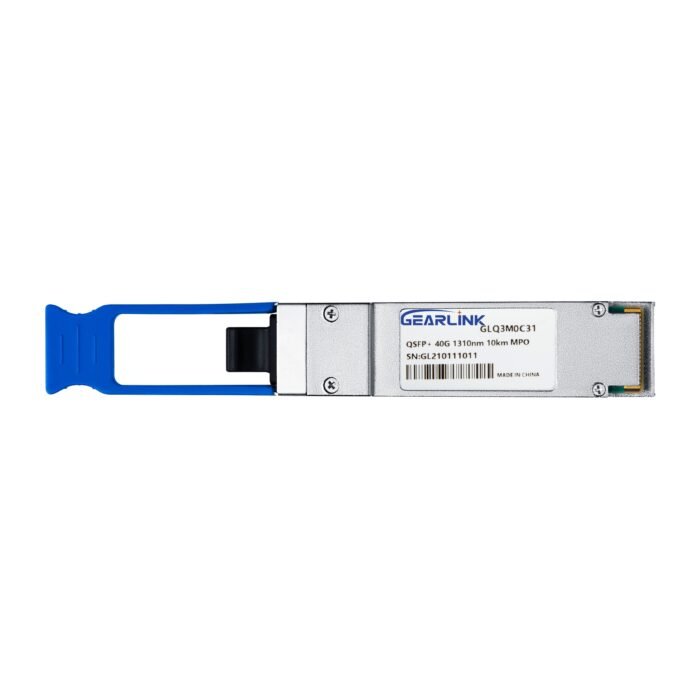
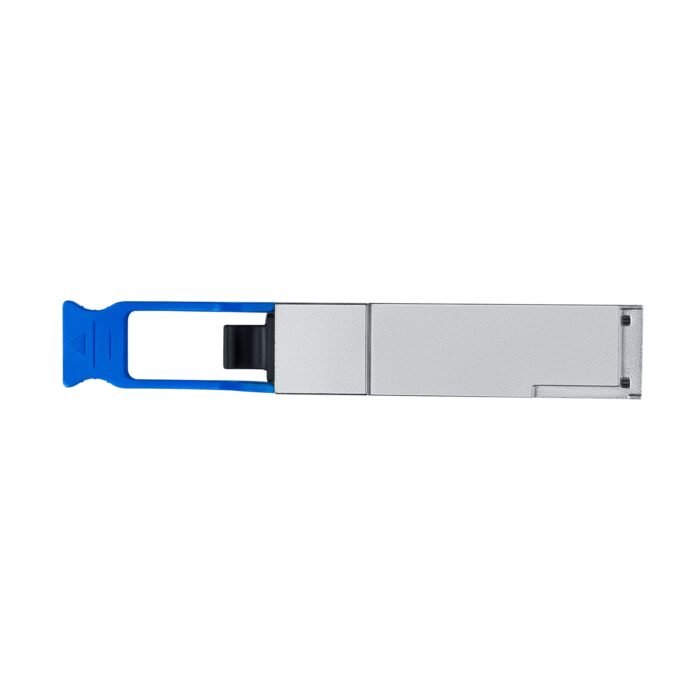
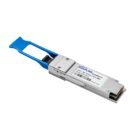
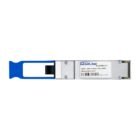

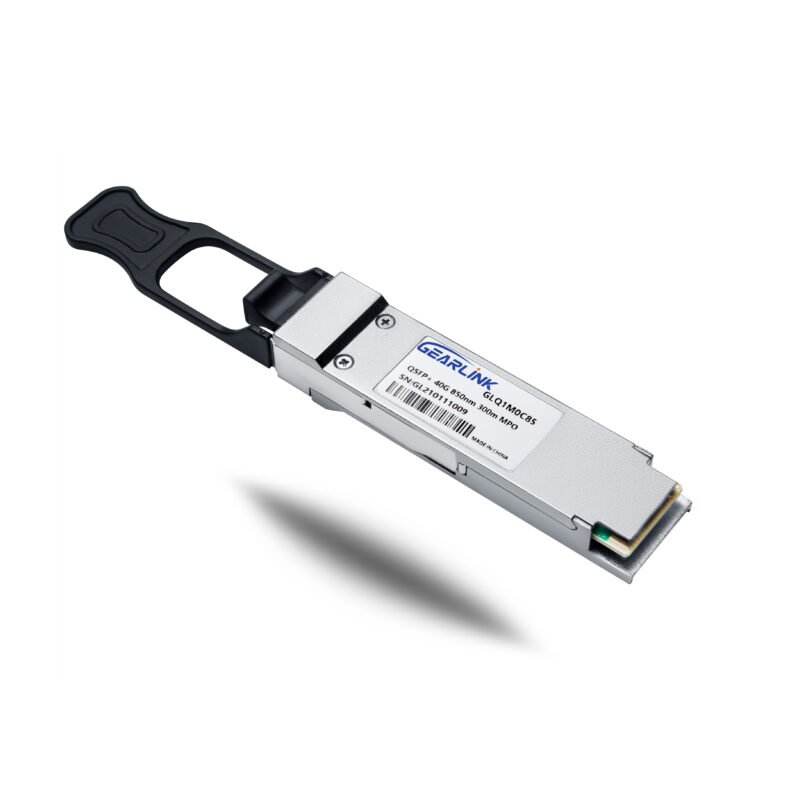
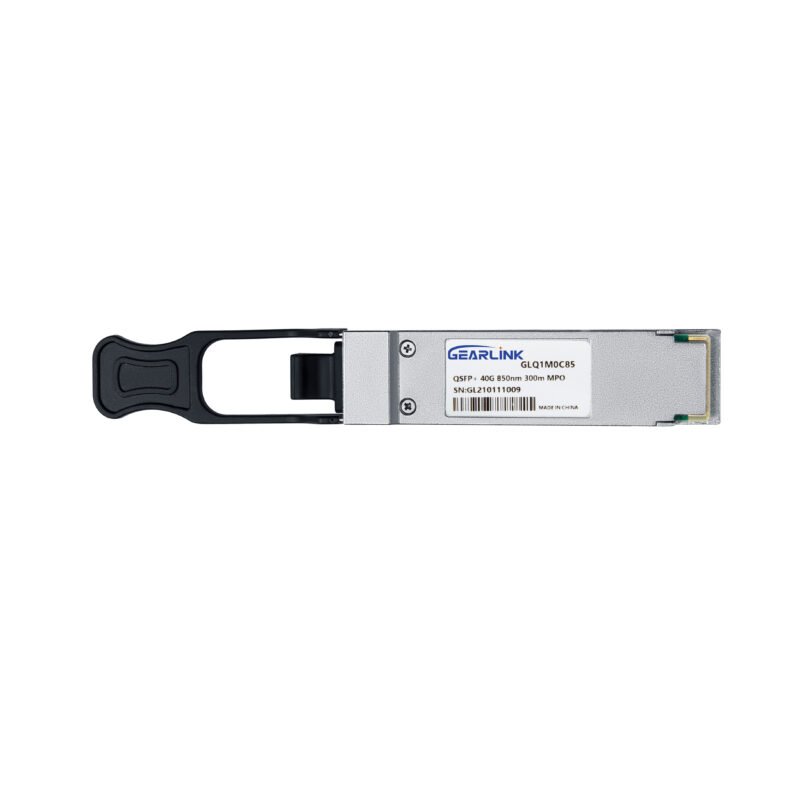



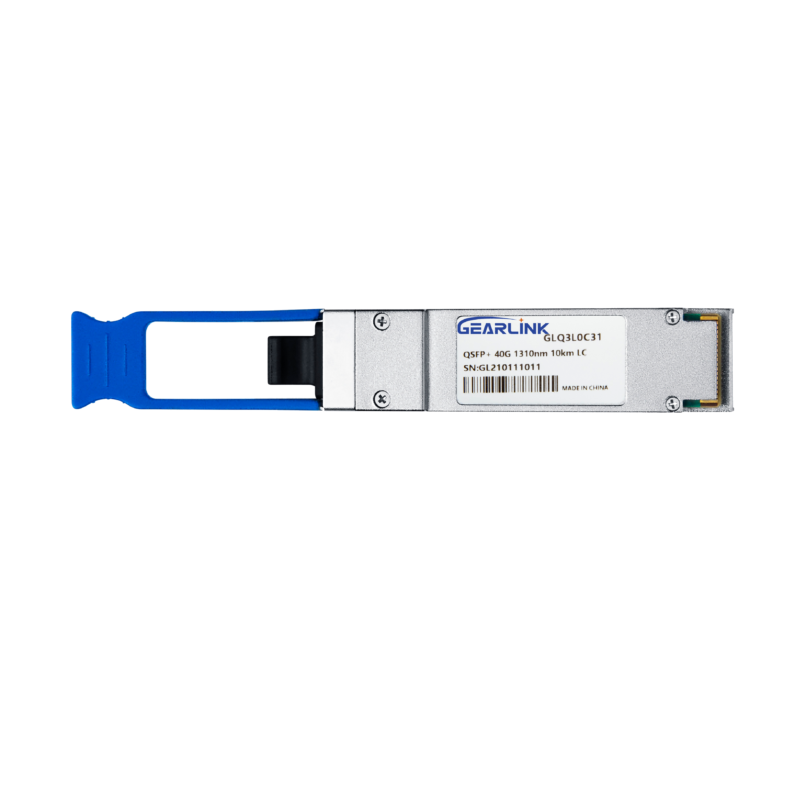
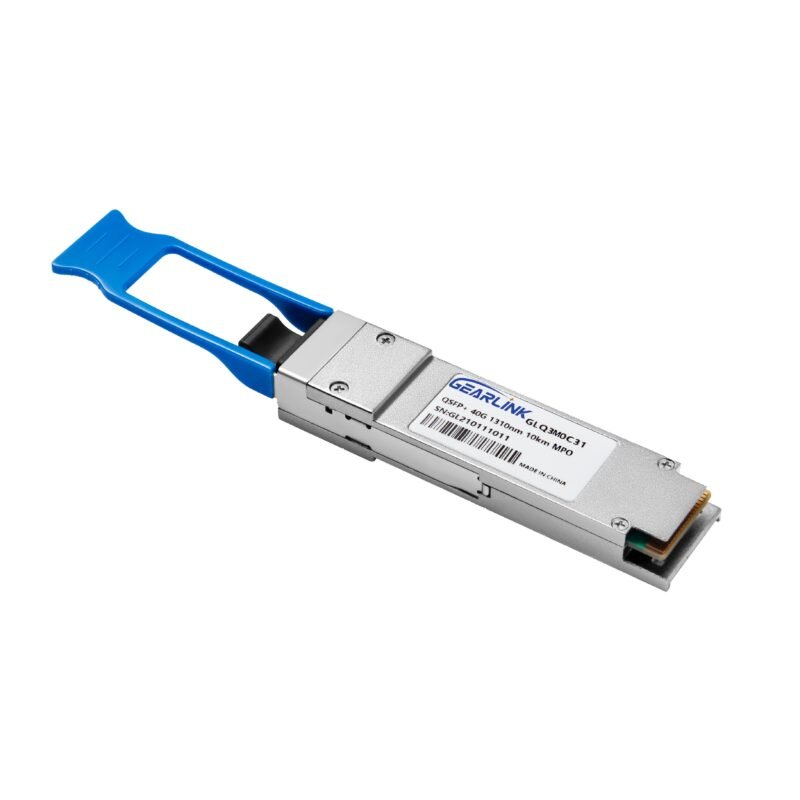
Reviews
There are no reviews yet.